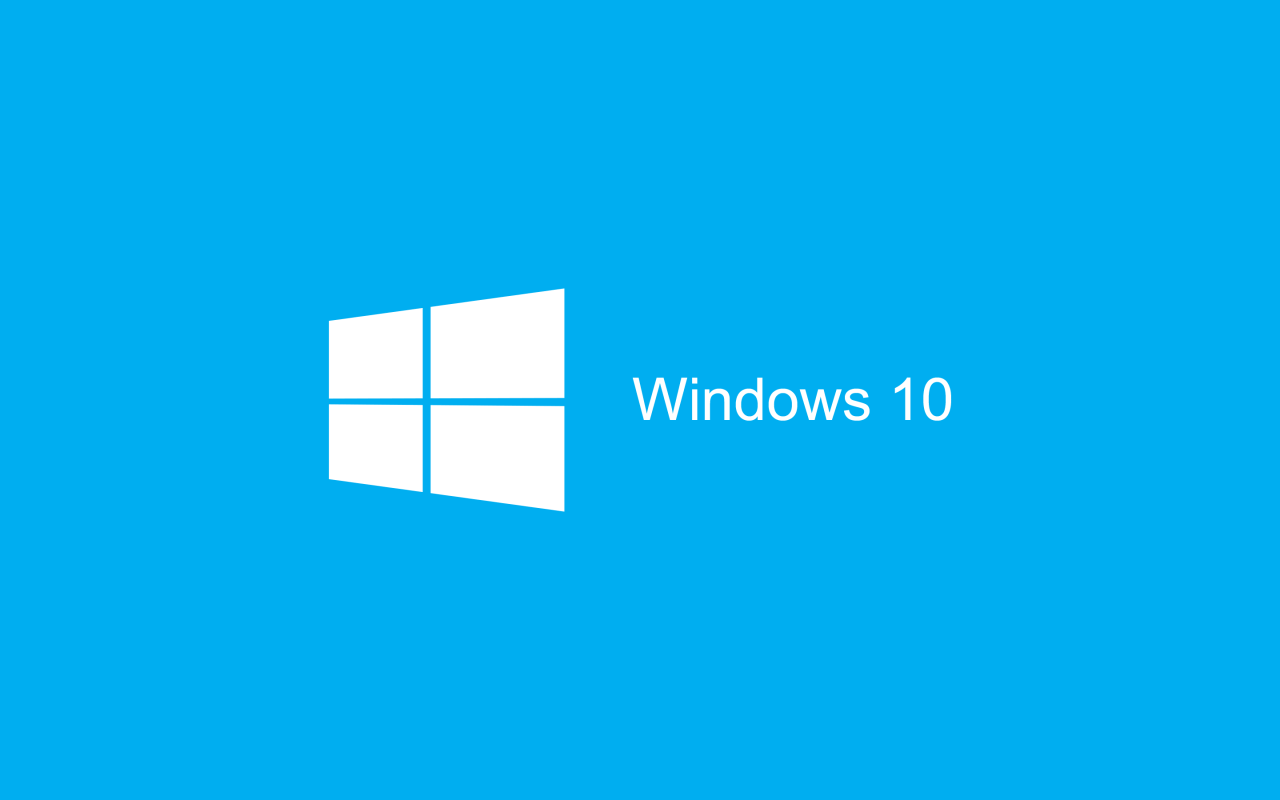Windows Blog
How do I Enable Dynamic Provisioning in Windows 10 Pro?
Dynamic Provisioning in Windows 10 Pro allows businesses to configure and deploy devices efficiently. This feature simplifies the setup process by allowing administrators to customize the settings and applications for new devices, ensuring a smooth user experience. Here’s a step-by-step guide on how to enable Dynamic Provisioning in Windows 10 Pro.
Step 1: Check System Requirements
Before enabling Dynamic Provisioning, ensure your device meets the necessary system requirements:
- You need a device running Windows 10 Pro or Enterprise, version 1703 (Creators Update) or later.
- Ensure that your device is connected to the internet.
Step 2: Access Settings
- Open Settings: Click on the Start menu and select the gear icon (Settings), or press Windows key + I.
- Navigate to Accounts: In the Settings window, click on Accounts.
Step 3: Enroll in Windows 10 Provisioning
- Access Work or School Account: In the Accounts section, select Access work or school from the left sidebar.
- Add Account: Click on the Connect button to add your work or school account. Enter your email and follow the prompts to sign in.
Step 4: Enable Dynamic Provisioning
- Return to Settings: Once enrolled, navigate back to the Settings menu.
- Access Update & Security: Click on Update & Security.
- Select For Developers: In the left sidebar, select For developers.
- Enable Developer Mode: Ensure that Developer Mode is turned on. This will allow you to use the Dynamic Provisioning features.
Step 5: Use the Windows Configuration Designer
- Download Windows Configuration Designer: Go to the Microsoft Store and download the Windows Configuration Designer app.
- Create a New Project: Open the app and create a new project by selecting Provisioning package.
- Configure Settings: Follow the on-screen instructions to configure the desired settings, applications, and policies for the device.
Step 6: Export the Provisioning Package
- Export Package: After configuring your settings, export the provisioning package. This package can be deployed to other devices to ensure they have the same configurations.
- Save to USB: You can save the package to a USB drive for easy deployment on other devices.
Step 7: Apply Dynamic Provisioning
- Connect Device to USB: On the target device, connect the USB drive containing the provisioning package.
- Open Provisioning Package: Go to Settings, then Accounts, and select Access work or school. Click on Provisioning package and follow the prompts to apply the settings from the package.
Step 8: Confirm Configuration
- Verify Settings: After applying the provisioning package, review the device settings to ensure that all configurations and applications have been installed correctly.
- Test the Device: Log in to the device and test the features to ensure everything is functioning as intended.
Get the best deals on the cheapest Windows 10 Pro keys—unlock premium features for your PC at an unbeatable price today!

